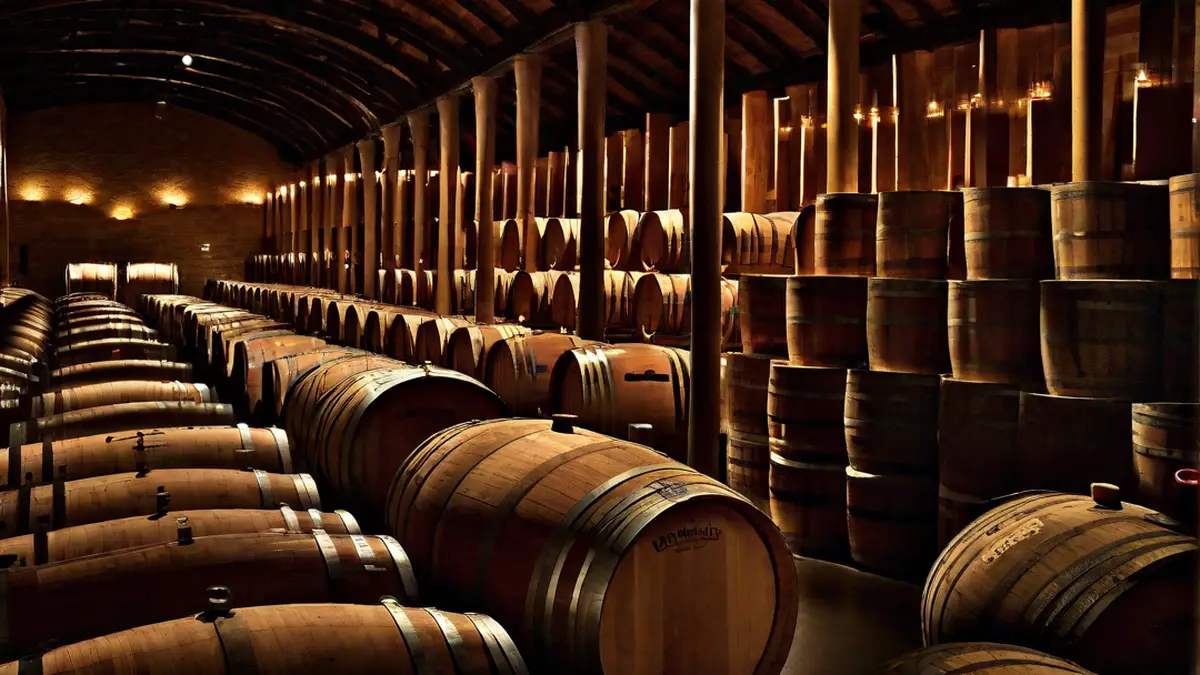As a wine aficionado, I find the magical fermentation process that converts grape juice into wine absolutely fascinating. This process involves the natural sugars in the grape juice being transformed into alcohol, which bestows upon each wine its unique flavor and character.
When I first started learning about fermentation, I was amazed at how much science and artistry is involved in this process. It all begins with the selection of the right yeast. Yeast is a microscopic fungus that consumes sugar and converts it into alcohol and carbon dioxide. Winemakers carefully choose the yeast strain that will best complement the grapes and desired wine style.
The fermentation process takes place in a controlled environment, typically in stainless steel tanks or oak barrels. The winemaker adds the selected yeast to the grape juice, and fermentation begins. As the yeast consumes the sugar, it produces alcohol and releases carbon dioxide as a byproduct. This bubbling action is a sign that fermentation is happening.
During fermentation, the temperature is carefully monitored and controlled by the winemaker. This is because the yeast’s activity and the temperature play a crucial role in shaping the wine’s flavor profile. Lower temperatures result in slower fermentation and can produce delicate and fruity flavors, while higher temperatures can extract more tannins and create a fuller-bodied wine.
One of the things that fascinates me the most about fermentation is the diversity it brings to the wine world. Different grape varietals, yeast strains, and fermentation techniques can all contribute to the uniqueness of a wine. For example, some winemakers choose to ferment their wines with the grape skins, resulting in more tannic and structured wines. Others may opt for a carbonic maceration method, where whole grape clusters are fermented in a carbon dioxide-rich environment, producing fruity and vibrant wines.
As a wine lover, I appreciate the role that fermentation plays in creating the complexity and depth of flavors in my favorite wines. The aromas and tastes that I enjoy are a result of the countless decisions made by winemakers throughout the fermentation process. From the choice of yeast to the temperature control and fermentation techniques, every step adds its own layer of character to the final product.
In conclusion, fermentation is a crucial step in the winemaking process that transforms grape juice into the beloved beverage we know as wine. It is a delicate dance between science and art, where the winemaker’s choices have a significant impact on the final outcome. As I sip on a glass of wine, I can’t help but appreciate the journey it took to reach my palate.
